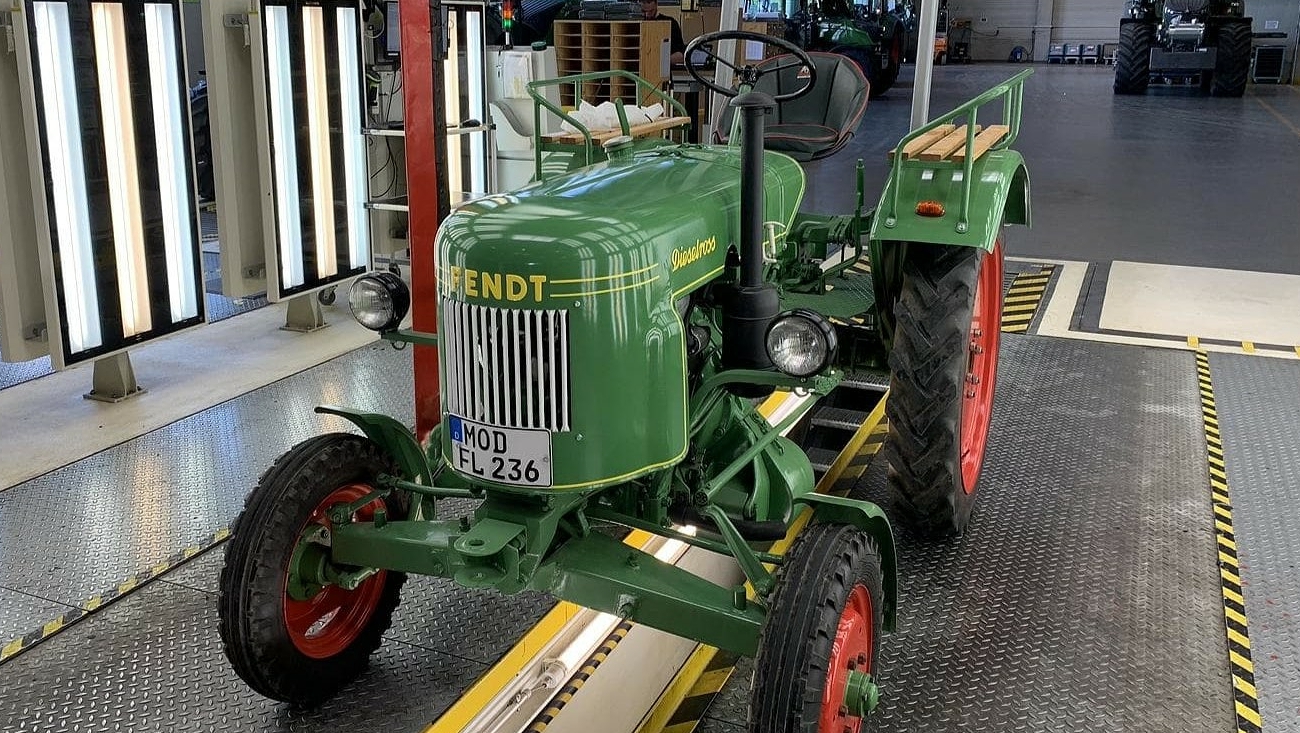B E G I N N I N G S
While Fendt may be a relatively new name to some in North America, this premier brand has a legacy that reaches back nearly 100 years as a European tractor maker and even further back to the start of the Fendt family business in 1635!
That’s the year master metalworker and clockmaker Sylvester Fendt moved to what was then the village of Oberdorf, Germany, southwest of Munich. Today it is the city of Marktoberdorf, named for the markets held there since the mid-1400s and home to Fendt headquarters and its ultra-modern factory that turns out more than 20,000 tractors a year.
As the Fendt family’s generational business of making locks, clocks for church towers as well as the lead cames (metal strips) used for church windows became vulnerable to changing times in the early 1900s, Johann George Fendt and his sons saw a way to use their skills to maintain, repair and later sell agricultural machinery and stationary engines as farming became mechanized.
While the eldest son, Xaver, started working for engine and vehicle manufacturers, the middle son Hermann, and his father designed and built their first self-propelled mower in 1928 that also could pull other implements. By listening to farmer customer needs—a hallmark of Fendt to this day—they improved the burgeoning tractor and invented a way to attach and pull a plow (not knowing of Irishman Harry Ferguson’s linkage work) with their 6 HP diesel engine.
Dubbed the “Dieselross” (diesel horse, in German) in 1930 by a nearby farmer and tractor tester, the early Fendt tractor was the first of 30 years of increasingly more sophisticated and powerful tractors to carry that name. Among them was the 16 hp Dieselross F 18 of 1937, the first tractor in Europe to have a powershift power takeoff (PTO) solution independent of the transmission. By 1950, Fendt was selling its first 4WD model, the Fendt F 25 A.
In 1955, the best year for the German tractor industry with 99,341 units sold, Fendt celebrated a double milestone: Its 25th year of manufacturing tractors and the
build of the 50,000th Dieselross. The mid-’50s was also when Fendt decided to focus on designing and manufacturing transmissions
in-house while outsourcing engines, unlike the practice of its competitors.


